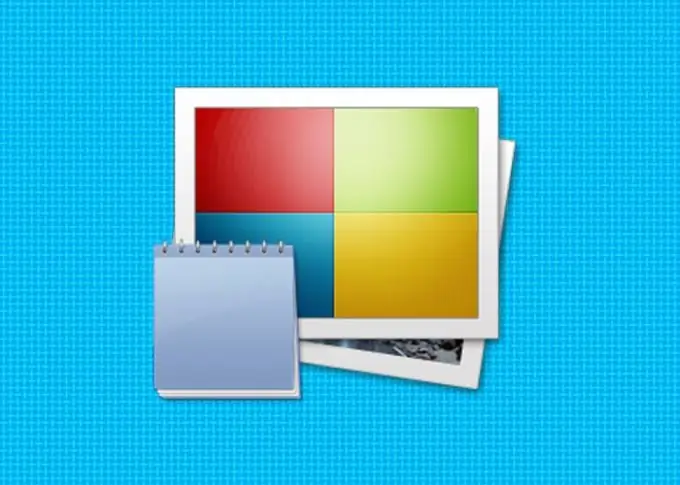In a file called hosts, which does not have an extension, system and application programs write the names of web servers and their IP addresses associated in pairs. System components, before accessing the external network for the IP address of the required server, look through the hosts file and only not finding it in this local list, they start searching for IP in the network.

Necessary
Windows OS
Instructions
Step 1
Launch File Explorer, the file manager for the Windows operating system. This can be done by selecting the "Computer" item in the main OS menu or by double-clicking on the shortcut with the same name on the desktop.
Step 2
Go to the folder that contains the hosts file. To do this, first select the system drive from the list of computer disks and double-click it - the icon of this disk differs from the rest by the icon with the Windows logo. Then expand the Windows, System32, drivers and etc. folders one by one. Find the required file in the last directory - it will not be difficult, since there are only four other objects in the folder besides it.
Step 3
The manipulations of the previous step in the latest versions of the operating system can be delegated to the built-in search component in such a simple way: enter hosts in the search query field to the right of the Explorer address bar. The program will start searching even before you enter all five letters, but it can spend quite a lot of time searching for the desired file. As a result, a list of objects will appear in the window, including the required file.
Step 4
Click on the found object with the right mouse button, and in the pop-up context menu, select the "Open" item. A dialog for selecting a program into which the system should load hosts will be displayed on the monitor screen. You can also call it by double clicking on this file.
Step 5
If you plan to make changes to the contents of the file, select any text editor from the list - for example, WordPad, Notepad, Word, and so on. Otherwise, you can use a browser to view the content - it will also be on this list. After selecting the appropriate application, click the OK button.
Step 6
If you already have the required program (browser or text editor) open, you can replace the previous two steps by simply dragging and dropping the found file from the "Explorer" window into the open application window.






